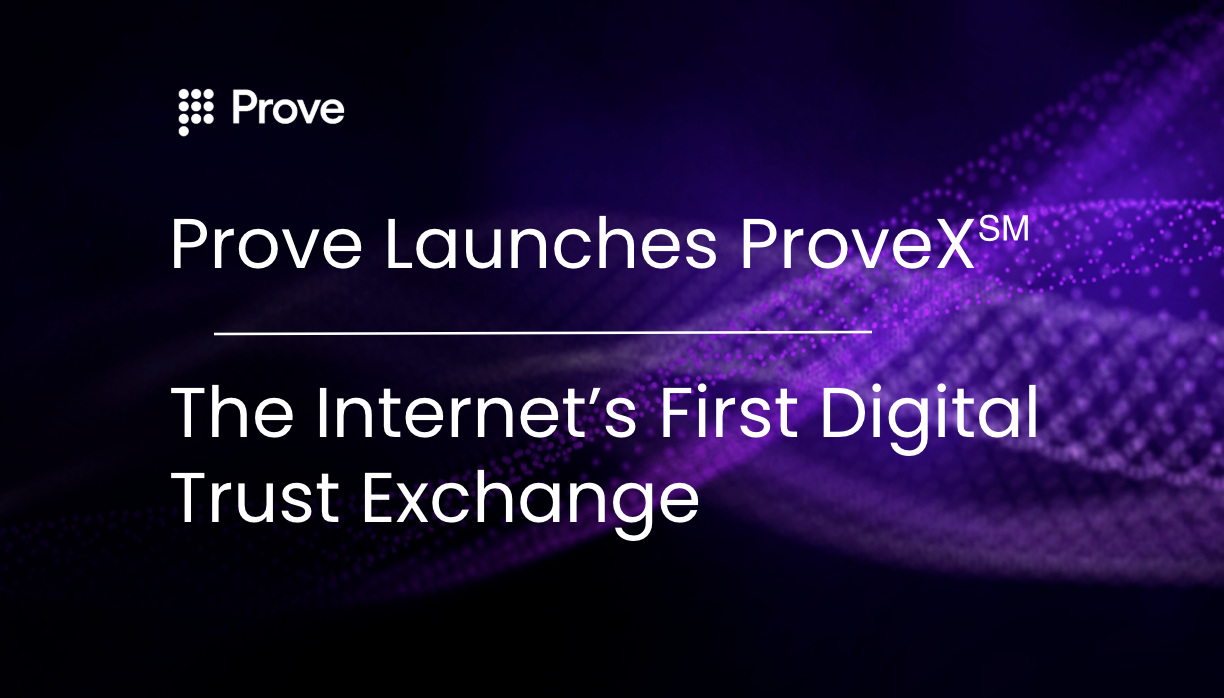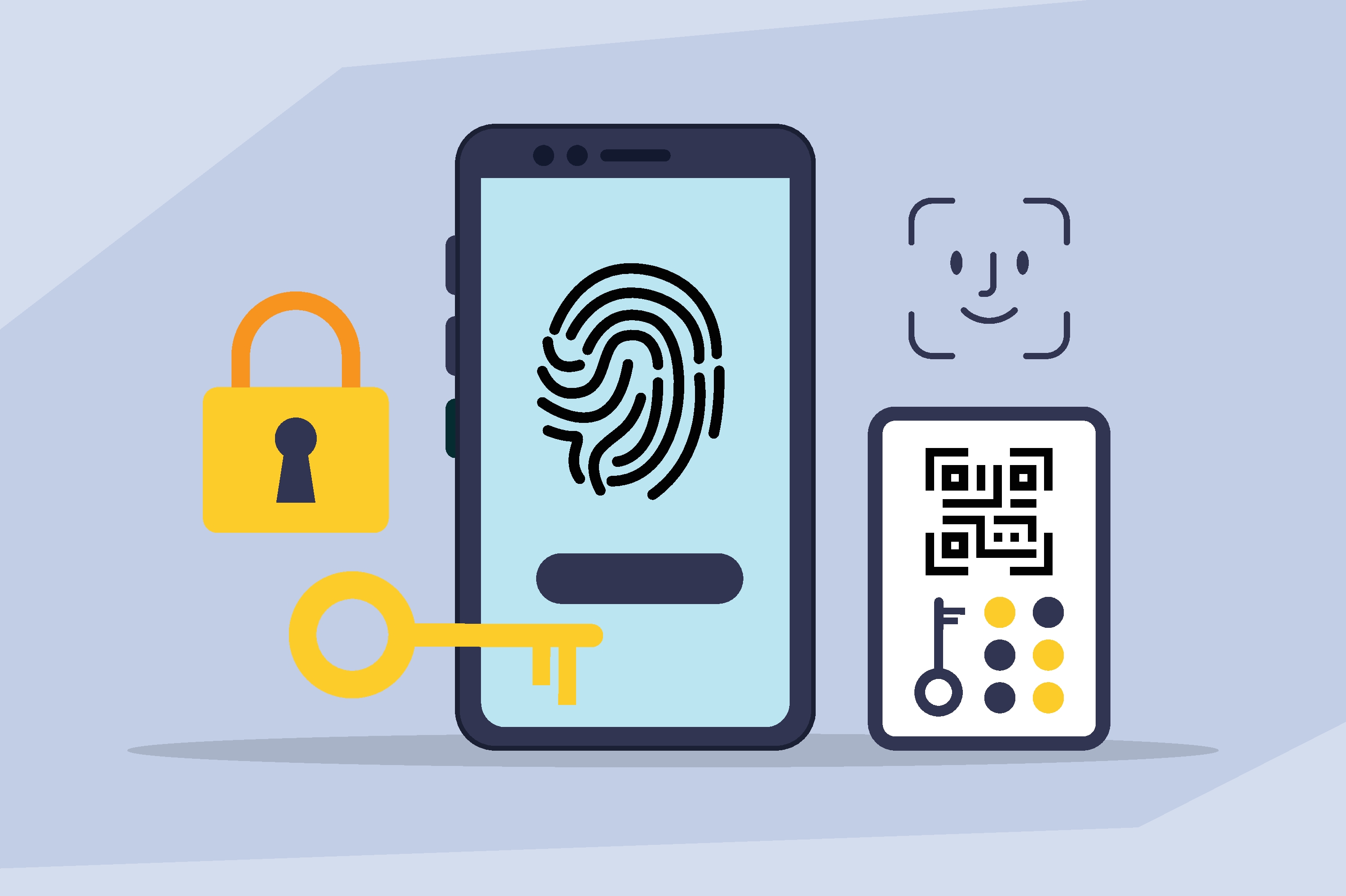Blockchain Use Cases Part II: Non-Financial and Financial Use Cases


A comprehensive picture of the various applications that are being explored with blockchain.
It is now a known fact that the use cases of blockchain have been increasing by the day. There have increasingly been many ways in which real-world assets could be linked to the blockchain and traded digitally. For example, a proof-of-concept is being run for trading commodities (like physical bars of gold, silver, and diamond) after being authenticated via blockchain, establishing ownership of real-estate properties to provide election voting, etc.
Apart from startups, banks also have been actively investing in this decentralized system, as we have shown in a timeline. Various banks have shown interest and started experimenting with the blockchain.
The below infographic provides a snapshot of companies and the broad applications that they are providing over blockchain. These include both non-financial and financial/currency-related (bitcoin and other digital currencies) applications.

Here’s a short description of each of the use cases:
- App Development: Proof of ownership of modules in app development.
- Digital Content: Proof of ownership for digital content storage and delivery.
- Ride-Sharing: Points-based value transfer for ride-sharing.
- Digital Security Trading: Ownership and transfer.
- Digitization of Documents/Contracts: Digitization of documents/contracts and proof of ownership for transfers.
- Decentralized storage: Decentralized storage using a network of computers on blockchain.
- Company incorporations: Digitizing company incorporations; transfer of equity/ownership and governance.
- Decentralized Internet and computing resources: Decentralized Internet and computing resources to cover every home and business.
- Home automation: Platform to link the home network and electrical devices to the cloud.
- Digital identity: Provides digital identity that protects consumer privacy.
- Escrow/custodian service: Escrow/custodian service for the gaming industry; loan servicing and e-commerce.
- IT portal: A smart contract IT portal executing order fulfillment in e-commerce/manufacturing.
- Patient records: Decentralized patient records management.
- Digitizing assets: Improves anti-counterfeit measures.
- Reputation management: Helps users engage, share reputation and collect feedback.
- Prediction platform: Decentralized prediction platform for the share markets, elections, etc.
- Enables authenticity of a review: Enables authenticity of a review through trustworthy endorsements for employee peer reviews.
- Marketplace for sales and purchases of digital assets: Proof of ownership and a marketplace for sales and purchases of digital assets.
To learn about Prove’s identity solutions and how to accelerate revenue while mitigating fraud, schedule a demo today.

Keep reading
 Read the article: The Death of the OTP: Why Legacy MFA is Failing the Modern Consumer
Read the article: The Death of the OTP: Why Legacy MFA is Failing the Modern ConsumerDiscover why legacy MFA is failing and how Prove Unified Authentication provides a smarter, frictionless alternative. Learn how to replace insecure SMS OTPs with continuous, multi-layered identity assurance that prevents fraud while boosting conversion rates.
 Read the article: Prove Launches ProveX℠, the Internet’s First Digital Trust Exchange
Read the article: Prove Launches ProveX℠, the Internet’s First Digital Trust ExchangeProve launches ProveX, ProveX, a new digital trust exchange that enables enterprises to instantly access verified data and credentials from partners, while preserving trust through every interaction
 Read the article: Beyond the OTP: Why SMS-Based 2FA Is Failing and What Comes Next
Read the article: Beyond the OTP: Why SMS-Based 2FA Is Failing and What Comes NextExplore the classic conflict between security measures and user friction.












